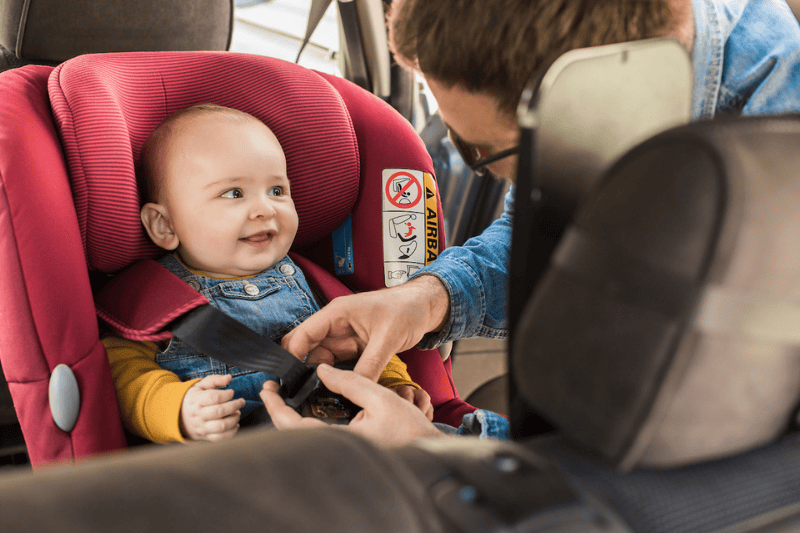Car Seats, Boosters and Child Passenger Safety

For parents with young children, car seats and booster seats are a key part of everyday life. However, it isn’t enough to simply have a car seat or booster seat; ensuring your child’s seat is durable and secure, and that your child is properly strapped in, is vital to their safety each and every time they travel by car.
Did you know? According to the National Safe Kids Campaign, children ages 4 and younger who ride in motor vehicles unrestrained are twice as likely to die or suffer injuries in a car crash. However, correctly used car seats can reduce that risk by as much as 71%.
As the lead agency for Safe Kids Central California, Valley Children's Healthcare is dedicated to providing education and car seat safety evaluation events throughout Central California to help reduce the number of child passenger injuries.
Car Seat Safety Tips
We encourage parents to research car seats before purchasing, and then registering their car seat, getting a car seat check-up at an inspection station, and staying informed about recalls.
- Baby on the way? Research which car seat is best for your new baby. Safe Kids has several resources for parents in the market for a new car seat, including a step-by-step buyer’s guide.
- Be aware of safety recalls. If you've got a car seat in mind, or if you've purchased one and want to stay updated on any safety recalls, the National Highway Traffic Safety Administration has a handy website where you can type in the brand name or model of your car seat to see if it's been recalled. If you don't see your car seat listed, it means there are no safety recalls for the seat.
- Stay in-the-know: Register your car seat. Once you register your car seat, the seat’s manufacturer can notify you about any safety recalls and provide instructions for the repair process.
- Get a car seat check-up. Check with your local police or fire department to see if they have a certified technician on staff.
- Rear-facing is safest. Keep your children in a rear-facing car seat until they reach the weight limit, which is typically around 40 pounds. Many parents are in a rush to turn their children forward-facing too soon, putting them at risk of severe injury.
- Keep track of the age of your car seat. Unless otherwise specified by the manufacturer, car seats older than six years are expired and are no longer recommended for use.

The Ultimate Car Seat Guide
For parents on the go, Safe Kids has created the Ultimate Car Seat Guide, which offers easy-to-understand tips on how to choose and use a car seat in English and Spanish. Simply fill in your child’s age and weight to get car seat safety recommendations and answers personalized for your child.
Booster Seat Safety Tips
A booster seat is a bridge between a car seat with a harness and a seat belt alone. Booster seats are similar to car seats, but do not use a harness because the child and booster seat are held in place by the car’s regular adult seatbelt, which crosses the body at the shoulder and fits snugly across the lap. It boosts the child so the vehicle’s seat belt can fit them properly, providing a safer and more comfortable ride and keeping your growing passenger safe. Just like your child’s car seat, the booster seat is always placed in the back seat of the car.
- Is my child ready for a booster seat? Make sure your child meets the weight or height limits allowed in her forward-facing car seat – check your car seat’s label and manufacturer instructions. Additionally, your child must be able to stay in the booster seat for the entire car ride with the seat belt properly fitted across their shoulder and below their hips. If not, your child might not be quite ready to ride without a car seat harness.
- Understand the two types of booster seats:
- High back booster. This type is best if your vehicle has a low seat back and no head rest. Like adults, children need support behind their heads. A high-back booster may also be good for younger children who fall asleep in the car or who like the extra comfort and a place to lean their heads.
- Backless booster. This type may be more convenient if you carpool or travel. They are typically less expensive. However, the vehicle must have a seat back high enough to provide support behind your child’s head. What’s high enough? Your child’s ears should be below the top of the vehicle seat or head rest.
- Watch for common fit problems. Don’t allow your child to put the shoulder belt behind their back or under their arm. If they must do that to be comfortable, your child might not yet be ready for a booster seat or may need a different booster seat.
Bonus safety tip: Test out your booster seat in all cars your child will travel in, including car pool vehicles. Just because the seat fits in one car doesn’t mean it will fit in all cars. When the booster seat is not being used, secure it with the seat belt so it doesn’t fly around the car if you stop suddenly.
Seat Belts
Don’t be in a rush to move your child from a booster seat to a seat belt alone. Your vehicle’s regular adult seat belt usually does not fit well until sometime between the ages of 8 and 12, depending on the size of your child. To find out if your child is ready for a seat belt alone, try the Safety Belt Fit Test below. Until your child is able to pass every step in the test, it’s best to keep them in a booster seat.
- Check knees and feet. Your child’s knees should bend at the edge of the seat when her back and bottom are against the vehicle seat back. Her feet should touch the floor for comfort and stability.
- Check the lap belt. The vehicle lap belt must fit snugly across the hips or upper thighs.
- Check the shoulder belt. The shoulder belt must fit across the shoulder and chest, not across the face or neck.
Remember, just because your child passes the Safety Belt Fit Test in one car doesn’t necessarily mean they will pass it in all cars, so do the Fit Test in every car before permanently transitioning your child to a seat belt alone. And as always, be a good example: wear your seat belt every time you get in the car.
Child Passenger Safety Tips
Whether you’re traveling with an infant or a school-aged child, there are some helpful tips to keep in mind to ensure your little one is safe in the car.
- Back seat is best. The back seat is the safest place to ride for all children under age 13. Not all cars allow for a car seat in every place that has a seat belt, so check your vehicle’s owner manual to see where you can put a car seat.
- Be picky with which toys you allow in the car. Choose toys that are soft and will not hurt your child in the event of a crash or abrupt stop. Secure any loose objects in the car that may become dangerous if the vehicle stops suddenly.
- Always wear your seat belt. As a parent, you are your child’s first and best teacher, so model the behavior you want your child to follow. Buckle up every time, for every trip.
- Never leave your child alone in a car, even for a minute. Young children’s bodies heat up 3 to 5 times faster than adults, putting them especially at risk for heatstroke if left in a car, even on what seems to be a mild day.
More Resources
- Car and Road Safety - Safe Kids Worldwide
- Car Seat Inspection Stations in California - Safe Kids Worldwide
- Car Seat Safety Regulations - California Highway Patrol
- Installing and Using Child Safety Seats and Booster Seats - Valley Children's Health Encyclopedia